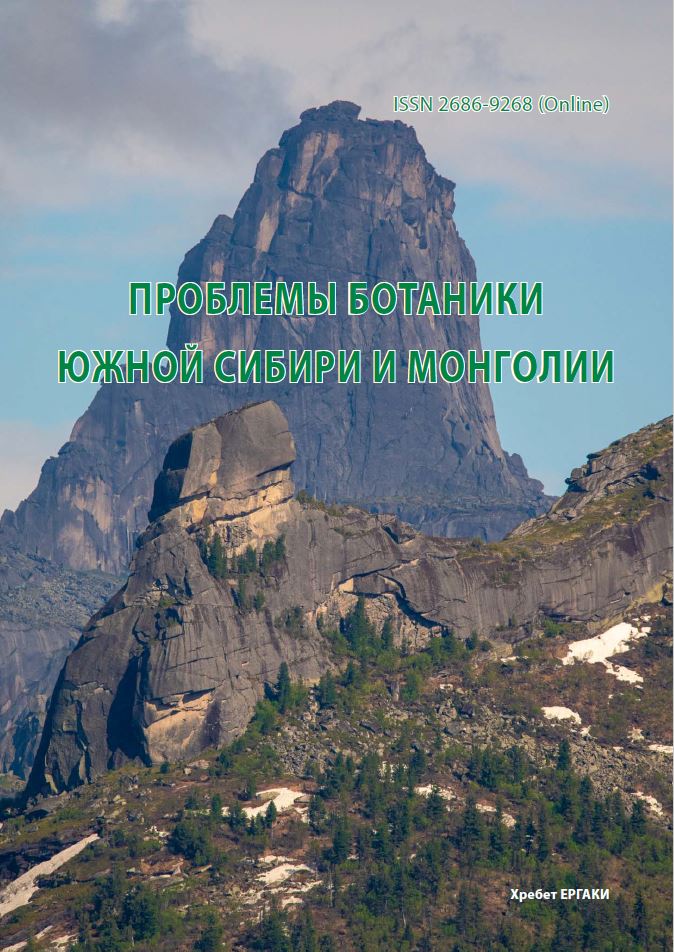Application of expert systems for identification of vegetation classes in South Siberia
УДК 58.002(1-925.15)(571.14+571.150)
Abstract
Due to the increase in the volume of primary factual data geobotanists have faced the problem of processing huge selection of geobotanical material. With the development of information methods, specialists have more tools to optimize their activities, one of which are expert systems that can successfully solve the problem of classification. An expert system was developed in 2020 by European researchers to identify habitat types in the EUNIS system. The aim of our work is to create our own expert system, based on the functionality proposed by European specialists, which allows to determine whether geobotanical descriptions belong to vegetation classes of the floristic classification. Classification of about 10000 descriptions of high-mountainous vegetation of the Altai-Sayan mountain region, vegetation of Novosibirsk region and Altai region as well as steppe and psammophytic vegetation of Transbaikalia by the Braun-Blanquet method using the expert system has been performed. The script written by us has shown its efficiency, allowing us to determine correctly the syntaxonomic affiliation of about 90 % of the descriptions. About 10 % of the data are either classified incorrectly or are not assigned by the system to any of the higher units under consideration, which is due to the uncertainty of diagnostic species within poorly studied classes, as well as to the non-obviousness of assignment to one or another class of transitional communities. To demonstrate the work of the expert system, a number of classes were mapped, showing their geographic distribution and latitudinal-zonal confinement, as well as the relationship between plant community types and ecological factors.
Downloads
Metrics
References
Зверев А. А. Информационные технологии в исследованиях растительного покрова: учебное пособие. - Томск: ТМЛ-Пресс, 2007. - 301 с.
Chytry M., Tichy L., Hennekens S., Knollova I., Janssen J., Rodwell J. et al. EUNIS Habitat Classification: Expert system, characteristic species combinations and distribution maps of European habitats // Applied Vegetation Science, 2020. - Vol. 23. - P. 648-675. DOI: 10.1111/avsc.12519
Mucina L., Bultmann H., Dierfien K., Theurillat J.-P., Raus T., Carni A., et al. Vegetation of Europe: hierarchical floristic classification system of vascular plant, bryophyte, lichen, and algal communities // Applied Vegetation Science, 2016. - Vol. 19(1). - P. 3-264. DOI: 10.1111/avsc.12257
Tichy L. JUICE, software for vegetation classification // J. Veg. Sci., 2002. - Vol. 13. - P. 451-453. DOI: 10.1111/j.1654-1103.2002.tb02069.x
Willner W., Rolecek J., Korolyuk A., Dengler J., Chytry M., Janisova M., et al. Formalized classification of semi-dry grasslands in central and eastern Europe // Preslia, 2019. - Vol. 91. - P. 25-49. DOI: 10.23855/preslia.2019.025



